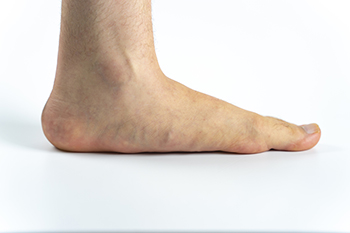The Ankle-Brachial Index (ABI) test is a non-invasive vascular screening that evaluates a patient’s risk of having peripheral artery disease (PAD), which causes poor circulation in the lower limbs. During this test, the doctor measures your blood pressure in both arms and both ankles and then compares those numbers to come up with a ratio. Each range of ratios is correlated with a level of risk of having PAD. A normal ABI range is from 0.9-1.4. A person with a mild-to-moderate risk of PAD has an ABI between 0.7-0.9. Someone with severe PAD could have an ABI between 0.3-0.5. Critical cases have ABI ratios of 0.3 or less. To learn more about peripheral artery disease or to get tested, schedule an appointment with a podiatrist near you.
Vascular testing plays an important part in diagnosing disease like peripheral artery disease. If you have symptoms of peripheral artery disease, or diabetes, consult with Frank Henry, DPM from Marble Falls, TX. Our doctor will assess your condition and provide you with quality foot and ankle treatment.
What Is Vascular Testing?
Vascular testing checks for how well blood circulation is in the veins and arteries. This is most often done to determine and treat a patient for peripheral artery disease (PAD), stroke, and aneurysms. Podiatrists utilize vascular testing when a patient has symptoms of PAD or if they believe they might. If a patient has diabetes, a podiatrist may determine a vascular test to be prudent to check for poor blood circulation.
How Is it Conducted?
Most forms of vascular testing are non-invasive. Podiatrists will first conduct a visual inspection for any wounds, discoloration, and any abnormal signs prior to a vascular test.
The most common tests include:
- Ankle-Brachial Index (ABI) examination
- Doppler examination
- Pedal pulses
These tests are safe, painless, and easy to do. Once finished, the podiatrist can then provide a diagnosis and the best course for treatment.
If you have any questions, please feel free to contact our office located in Marble Falls, TX . We offer the newest diagnostic and treatment technologies for all your foot care needs.




 Blisters
Blisters

